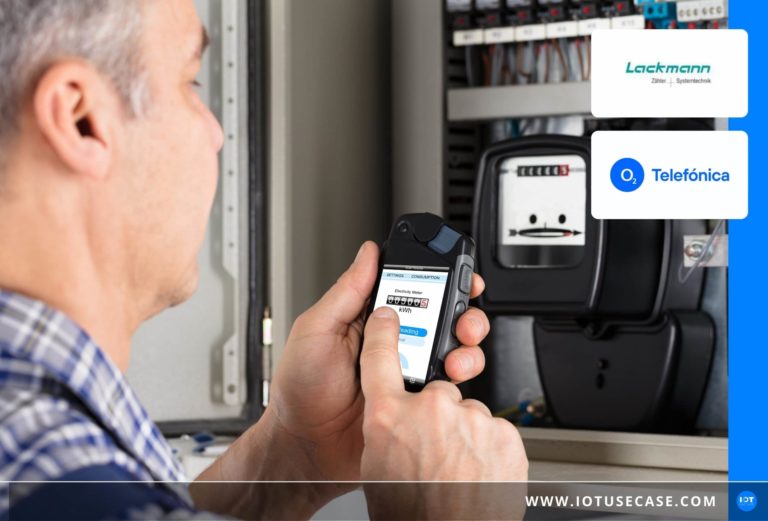Quality problems on surfaces such as cracks or scratches are usually detected in industry during the manufacturing process by visual inspection. Meanwhile, artificial intelligence techniques also provide automated optical inspection that is more reliable than the human eye.
The problem: Inefficient quality inspection in production
In many industries, even minor quality problems such as scratches, cracks or cloudiness make a product unsaleable. This can lead to costly rework in the automotive industry, for example. Other industrial plants even produce rejects that can no longer be recycled.
For example, a manufacturer of solar modules wanted to automate and improve its quality inspections. Since human quality inspectors are subject to day-to-day fluctuations and can become fatigued when inspecting manufactured modules, not all quality problems have been detected directly in the past. This mainly concerns defects in the glass cover that cannot be detected by conventional measuring instruments.
The solution: Artificial intelligence as a quality inspector
Munich-based elunic AG develops custom-fit applications to exploit the full Industrial IoT potential of industrial machinery and equipment. The specialist for artificial intelligence, digital transformation, Industry 4.0 and the Industrial IoT (Internet of Things) has implemented an AI solution for the solar company that offers quality assurance through image recognition (Computer Vision).
The elunic solution for automated quality assurance is called AI.SEE™ and is based on Machine Learning (ML) and Computer Vision. The product consists of the self-learning software solution AI.SEE™ Control and the hardware components AI.SEE™ Lens, a highly flexible camera and illumination system, and AI.SEE™ Edge, which analyzes captured images and controls the further process.
The AI application can be easily integrated into ongoing production processes and systems and performs the following tasks as part of quality inspection:
- Read texts, such as serial numbers and type labels.
- Identify, count and measure assemblies, components and shapes.
- Inspect surfaces for condition and identify color variations, scratches, cracks, dents or shrinkage cavities.
The application also works under difficult conditions such as fluctuating lighting conditions and changing perspectives. With machine learning, it can be adapted relatively quickly to the specific quality inspection in a particular industrial plant. Thus, there is the possibility to use pre-trained models that immediately detect typical quality problems. In a short training phase, the model then adapts to the respective application area.
After this start-up time, the AI application works faster in productive operation compared to visual inspection. Moreover, it always delivers optimal recognition performance – AI works without fatigue.
The result: Computer vision optimizes production quality
The company was able to use machine learning to significantly increase the percentage of defect-free, high-quality parts compared to previous quality inspection. A statistical analysis of the quality brought further optimizations, enabling the manufacturer to reduce its personnel expenses and quality assurance costs.






